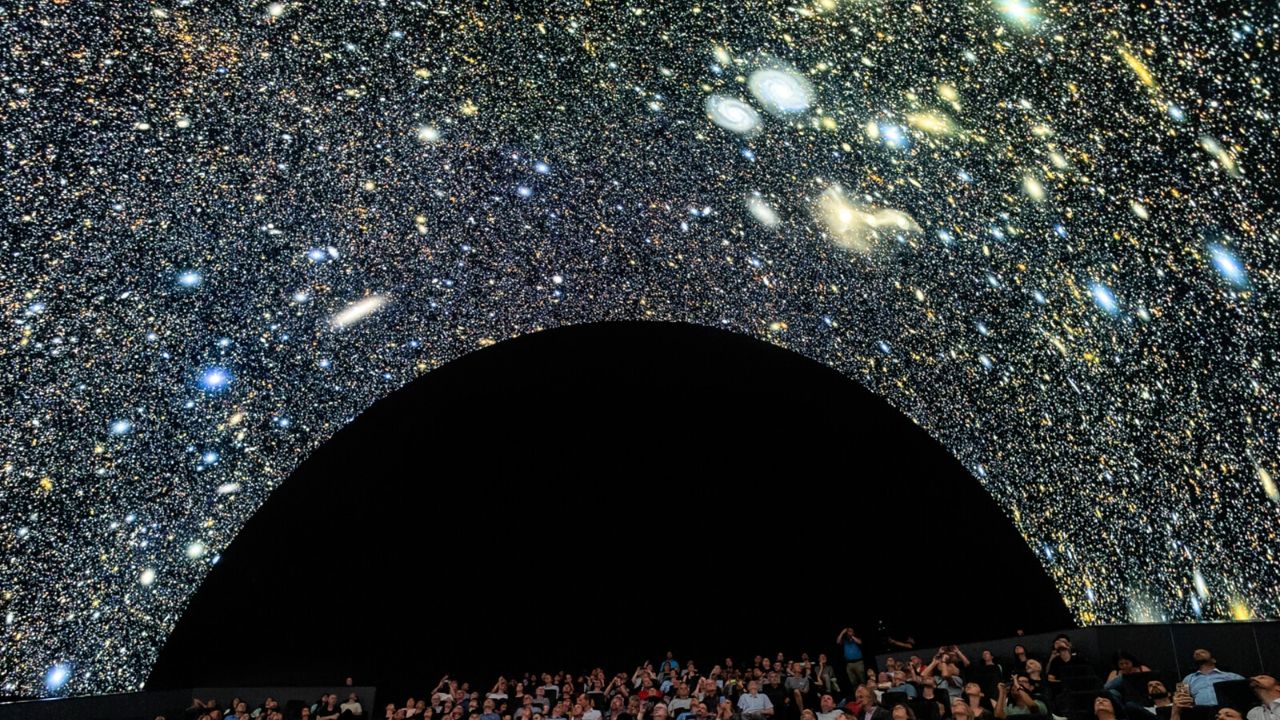URGENT UPDATE: On June 23, 2025, planetariums worldwide, including the renowned Prague Planetarium, celebrated a groundbreaking moment by unveiling the first images from the revolutionary Vera C. Rubin Observatory. The event drew global attention, with live streaming from Washington D.C. showcasing these stunning captures of deep space.
Inside the planetarium, audiences were mesmerized by projections that highlighted the clarity and detail of the cosmos, thanks to the observatory’s state-of-the-art imaging technology. The unveiling marked a pivotal milestone in astronomical exploration, with hundreds of institutions eagerly awaiting these first glimpses of the universe’s wonders.
The Vera C. Rubin Observatory, located in Chile, is home to the world’s largest digital camera, which is central to its mission: the Legacy Survey of Space and Time (LSST). This ambitious ten-year observational campaign aims to catalog billions of stars, galaxies, supernovae, and other celestial objects, playing a crucial role in the ongoing hunt for dark matter.
The images revealed during the event are not just visually stunning—they are also larger than typical data files, necessitating a sophisticated “data butler” to manage the extensive information. This unique capability allows the observatory to capture intricate details of the universe, making the experience in planetariums like Prague even more impactful.
In a statement, M. Prouza from the Institute of Physics of the Czech Academy of Sciences expressed excitement about the observatory’s contributions to science: “These first images are just the beginning of a new era in our understanding of the cosmos.”
This remarkable unveiling is more than just a technical achievement; it represents a collective effort to deepen our understanding of the universe and our place in it. Audiences around the globe are now looking forward to the future discoveries that will emerge from the Rubin Observatory’s extensive cataloging efforts.
Stay tuned for more updates as the Vera Rubin Observatory continues its mission, and explore the cosmic wonders through the lens of cutting-edge technology. This is a moment that science enthusiasts and the general public alike will not want to miss.
